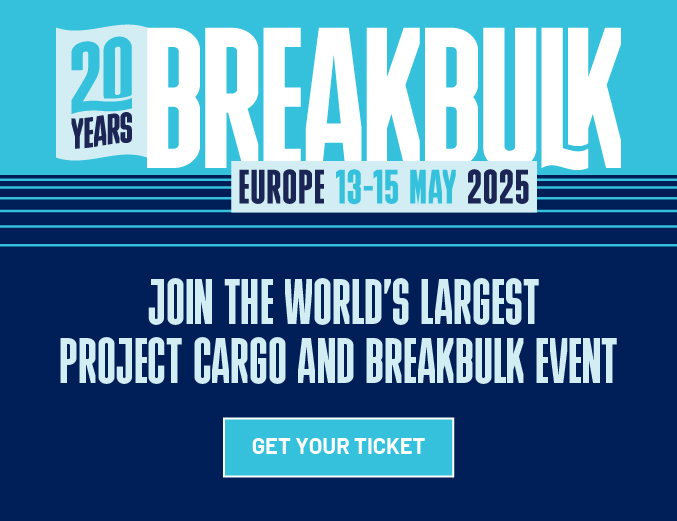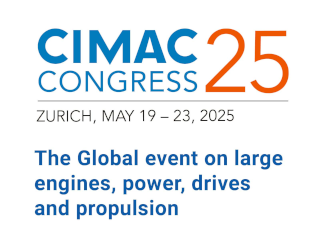Container shipping is making juicy profits again as freight increases offset volume losses. Although cargo volumes plunged by two-digit percentages, liner companies cautiously expand their route capacity again at fast-rising charter rates.
The Q2 financial reporting season in liner shipping beats the expectations. Many in the industry are taken aback by the[ds_preview] container lines’ ability to »make more from less« during the pandemic. Although cargo volumes plunged by two-digit percentages during the second quarter, liner operators presented the best quarterly earnings in quite some time, with Hapag-Lloyd right at the forefront with its core EBIT margin (EBIT/turnover) of 11.7%!
Even notoriously loss-making carriers such as Hyundai and ZIM have turned a corner. Browsing the columns of the profit & loss accounts of container lines makes you forget that these are »unprecedented« bad times …
Perhaps for the first time in history – certainly after the end of the »conference« system more than a decade ago – liner operators are savouring the benefits of consistent and unrelenting capacity management. Blank sailings, service suspensions and scaling-down of vessel sizes on a number of loops took active route capacity down to level with or even below cargo demand.
Space constraints – especially in the large east/west trades – caused freight rates to rally while bunker costs decreased significantly. Their behaviour was not collusive but in observance of competition rules under the block exemption for liner consortia in the EU that has recently been prolonged. At least there is no evidence to the contrary.
Only China’s ministry of transport has raised an eyebrow asking six major container lines for explanations behind the recent hikes that took transpacific rates (FE-USWC) to record highs of over 3,400 $/FEU. The initiative is merely serving inquiry purposes so far.
The improved earnings quality for liner operators is backed by the withdrawal of 5% of global container ship capacity from trading at present. At the start of August, 264 vessels (1.2mill. TEU in total) were classed as »idle« – at anchorage, in lay-up or in repairs – by French research unit Alphaliner. Three fourths of that capacity is controlled by liner operators, so it’s them who must pay capital and operating costs.
With today’s freight revenues, they can easily afford it. Carriers were even able to add more and more charter ships with intakes below 8,000TEU to their fleets as they cautiously expand their route capacity again. And with net freight income surging they could afford to do so at fast-rising charter rates.
The New ConTex which tracks hire rates for 1,100-4,250TEU ships is up a staggering 20% month-on-month. Hire levels for the most popular panamax and post-panamax types firmed up by 40-50% over the past weeks!.
Following the sell-out of tonnage in the 8,500TEU sector, charterers began to mop up all the 5,500-6,500TEU post-panamaxes they could get. As a result, there is now precious little prompt tonnage on offer until early October, shipbrokers have advised. As interest »cascaded« further down, other segments from 4,000-5,000TEU panamaxes down to 2,500/2,8000TEU sub-panamaxes saw open tonnage tightening as well.
Latest estimates say that prompt tonnage supply in the charter market two months forward is scarcer than it was one year ago. Right now, it seems every day brings new high benchmark fixtures in the mid-to-larger vessel sectors. .
It is only the smaller feeders below 1,400TEU that continue to struggle. In Asia, the 700-1,200TEU segments are reportedly seeing high utilisation levels again. Yet, a lot of contracts are just for short-term extra loader requirements of feeder operators faced with weather-related delays and congestion, thus owners were not able to push rates up from today’s range of mid 4,000’s to high 6,000’s $/day.
In North Europe and the Mediterranean brokers report stagnant or slightly weaker rates in view of continued excess spot supply (especially in the Med), with some vessels even fixing non-containerized cargo to reposition to other areas.
The Caribbean offers a glimmer of hope, though, as tonnage availability below 2,000TEU tightened recently. According to Hamburg based Ernst Russ Shipbroker, high-reefer geared 1,300TEU vessels were able to push up fixing levels from low 6,000’s to mid-6,000’s $/day in August, with geared 1,100TEU vessels expected to achieve some firmer rates as well.
Michael Hollmann

















